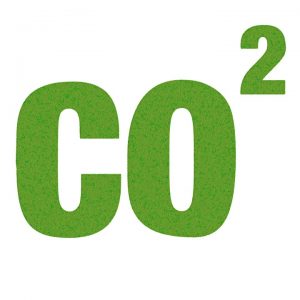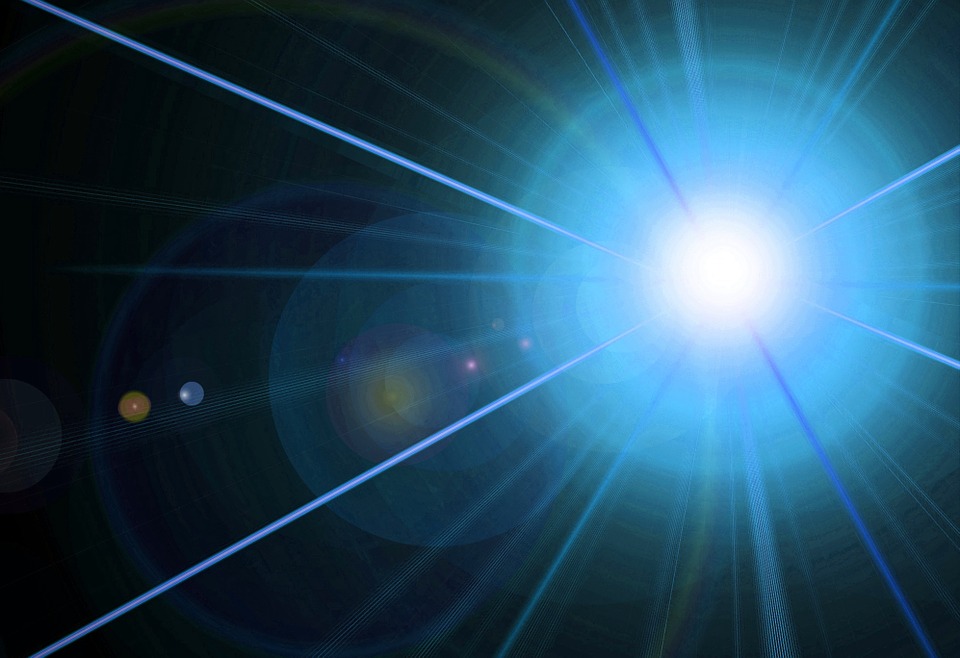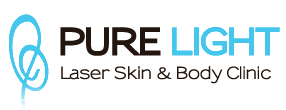
For centuries, humans have fought the effects of aging. Men and women all throughout history have worked to counteract the inevitability of the arrival of wrinkles, stretch marks, scars, burns, and other dermatological features that signal age. In response to such desires and concerns, CO2 fractional laser treatment is being hailed as a miraculous advancement in skin treatment. CO2 fractional laser treatment can treat a plethora of skin imperfections, providing impressive results without harsh or adverse side effects.
How Does CO2 Fractional Laser Treatment Work?
It all begins with collagen. Collagen is the main protein required to keep skin looking youthful, rejuvenated, and free from wrinkles and lines. Collagen is a produce naturally produced by the body. Due to the natural process of aging, as well as exposure to the sun and air pollution, the amount of collagen in an individual’s skin decreases over time. This reduction in collagen makes the skin increasingly vulnerable to wrinkles and lines.
With the innovative methods of CO2 fractional laser treatment, light energy is used to create tiny holes in the skin. These small holes enhance the body’s natural production of collagen, sending it into high speed and creating larger-than-usual amounts of collagen. This process and the resulting extra collagen leads to a reduction of wrinkles, lines, scars, stretch marks, and burns.
Should I Expect Any Side Effects Of CO2 Fractional Laser Treatment?
Patients who undergo CO2 fractional laser treatment typically experience redness and swelling lasting approximately two days after treatment. Additionally, the American Society for Dermatologic Surgery warns that patients with darker complexions who undergo any laser surgery may be at risk of slight pigmentation.
What is the difference between CO2 fractional laser treatment and
CO2 Laser Resurfacing?
CO2 laser resurfacing is an older form of treatment that had decent results but faced many limitations, including a lengthy recovery time. Many individuals read or hear about the difficulty faced in recovering from a CO2 treatment, but these comments refer to that older form of treatment, laser resurfacing. CO2 fractional laser treatment is now accepted as the most efficient type of CO2 laser treatment. It is crucial that individuals interested in either of these treatments know and understand the differences between them. 
One of the main differences between CO2 fractional laser treatment and older CO2 laser resurfacing is the expected recovery time. With the fractional laser treatment, patients experience only two days of redness and swelling and another two days of swelling. After those four days, the patient’s face looks normal again. At that point, the body begins the expedited process of collagen production, and about two months after treatment, results become noticeable. Since the CO2 fractional laser treatment is essentially giving the body a boost in its natural process of collagen production, it does not produce immediate results. However, its results are more stable long-term. According to most studies, the results of this type of CO2 treatment are noticeable for up to eight years.
Why is this type of laser treatment called “fractional”?
The use of the term “fractional” in the treatment’s name refers to the fact that the laser beam is fractured, or broken into a large number of smaller microbeams. Unlike the older CO2 treatment, which penetrated through an entire layer of skin, the fractional treatment’s microbeams hit only small surfaces of skin, and do not penetrate the skin completely. After the treatment, patients will see small holes on the skin of the treated area, but those holes are temporary and soon fade and disappear. Although the microbeams cause only small holes in the skin, they are strong enough to promote enhanced collagen production in the skin.
What are the different types of fractional laser treatments?
As previously mentioned, there are fractional and non-fractional laser treatments available. Also, there are different types of fractional laser treatments available, and it is important for individuals to understand the differences between them to determine what is the best treatment for him or her.
The most effective and popular treatment currently available is an ablative fractional resurfacing. The term “ablative” refers to the process of ablation, which means surgical removal. In ablative fractional resurfacing, trained professionals remove the heated portion of skin to provide more substantial wrinkle removal, as well as skin tightening and other forms of skin rejuvenation treatment. It requires approximately four days of recovery time, and is a long-term treatment, with results lasting from one to eight years. Ablative fractional resurfacing treatments have shorter recovery times and better results than any other types available treatments.
Non-ablative treatments heat the skin with microbeams, as in previously mentioned treatments, but do not remove the heated skin. This means that there is essentially no recovery time required, but multiple treatments are required to achieve positive results. This type of treatment is most commonly and effectively used to treat acne scars, shrink pores, and plump wrinkles.

Can you tell me more about ablative fractional CO2 laser resurfacing?
Ablative fractional CO2 laser resurfacing is the best option on the market today for reduction of wrinkles and other signs of aging on the skin. Additionally, it can be used to reduce acne and visible scarring, as well as to decrease noticeable pigmentation of the skin, such as freckles or sun spots. It can also be used for pore size reduction, labial skin tightening, and gauge reduction. Ablative fractional CO2 laser treatments were called the number-one anti-aging breakthrough by WebMD, and the treatments also minimize the risk of developing skin cancers in the future. The treatment process can be used to treat skin anywhere on the body.
Conclusion
In the quest for skin that maintains its youthful vigor, CO2 fractional laser treatment is the method proven to get the best results. Individuals who choose CO2 fractional laser treatment save money over their lifetimes because they do not need to continually treat wrinkles and lines with expensive creams and products or through other less efficient methods. Also, new collagen means healthier skin, which helps prevent skin cancer, making these treatments a valuable investment in a cancer-free future. CO2 fractional laser treatments are the proven most effective and efficient way to stave off the adverse effects of aging on the skin and maintain skin that is healthy and blemish-free.

